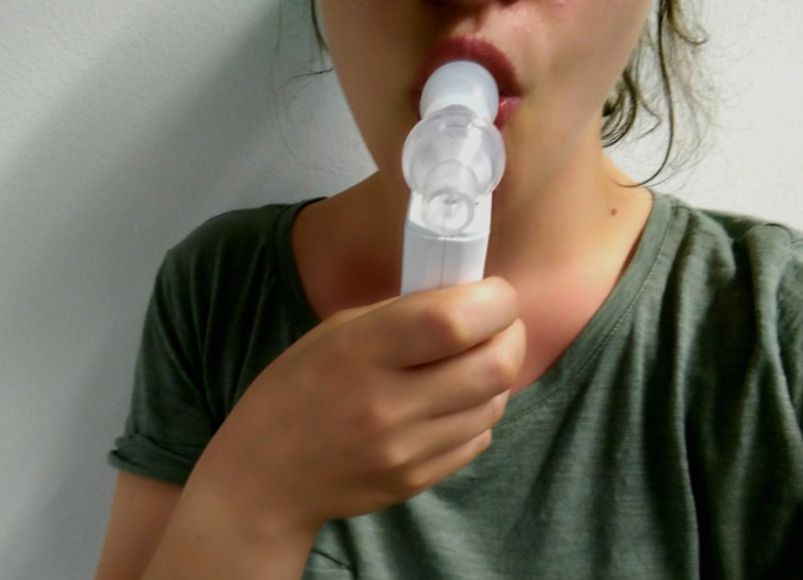Principle
The lung is the organ that plays a decisive role in the exchange of gas with the environment. At the membrane lining the lung, CO2 dissolved in the blood is released and in return O2 is absorbed. In order to inhale, the diaphragm has to contract, thereby stretching the lung. Contractions of the diaphragm stretch the lungs. This is how breathing air from the environment enters the lungs. When the diaphragm is relieved, the lung contracts again and the air is exhaled passively. This ensures that oxygen is constantly being absorbed and carbon dioxide exhaled through this cycle. But how many litres of air can we inhale or exhale in one breath?
Benefits
- Especially understandable and didactically prepared description of the experiment (relevance to everyday life, etc.) including protocol questions
- Future-oriented teaching: Integration into digital science lessons with tablets or smartphones
- Increased motivation of students by using the intuitive measureAPP
- Increased media competence
- Use of the same type of spirometer as in medical diagnostics
- Disposable turbine eliminates the risk of infection
Tasks
- Determine your vital capacity with the help of the spirometer in litres
- Create a spirogram with the recorded measured values
Learning objectives
- Spirogram
- Vital capacity

